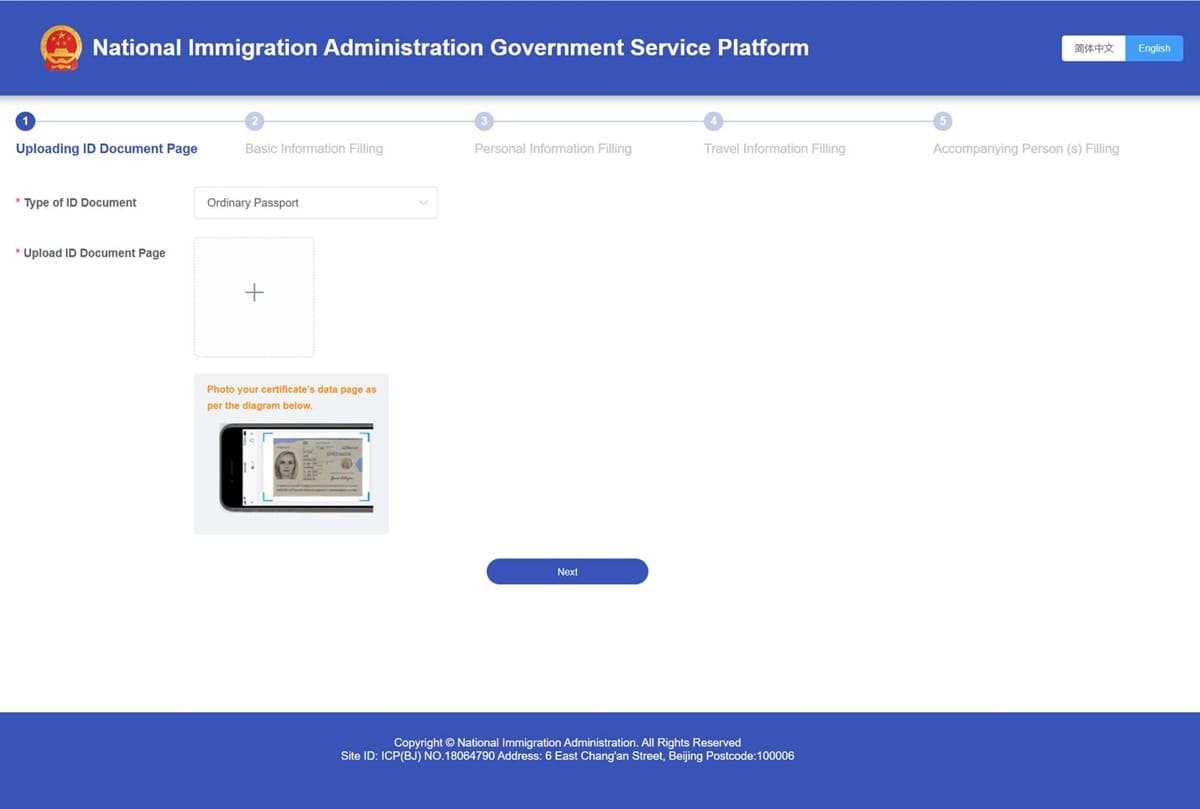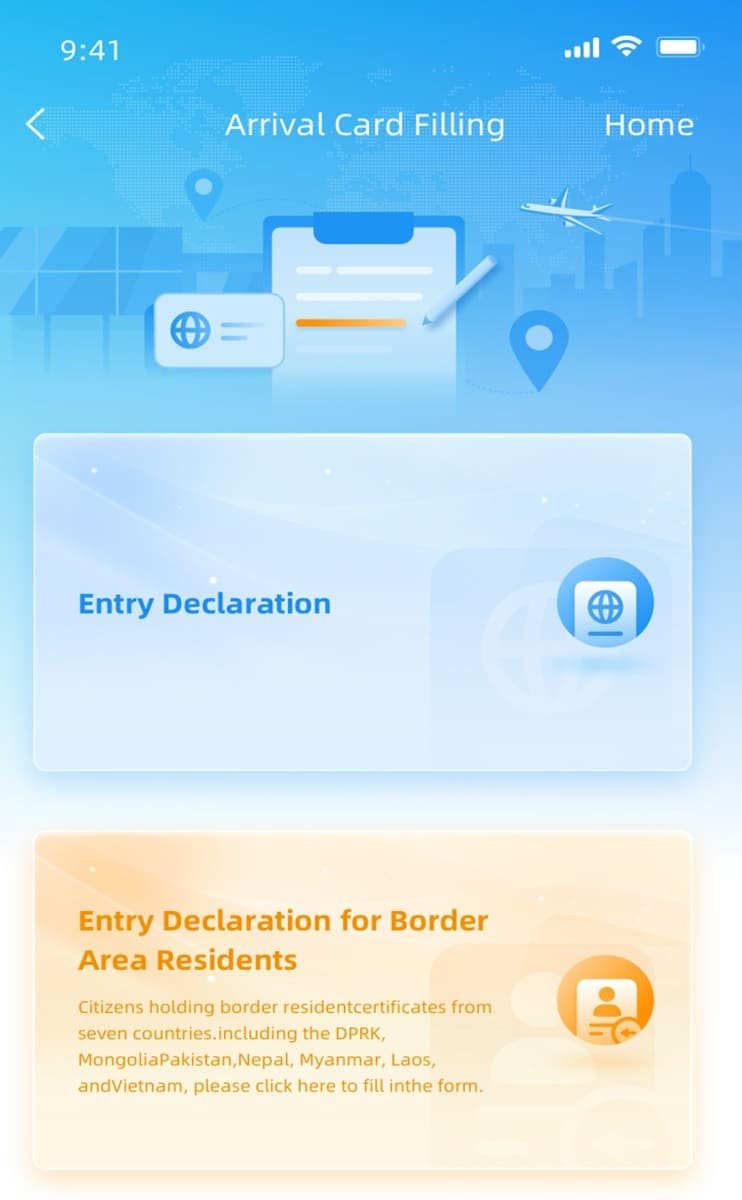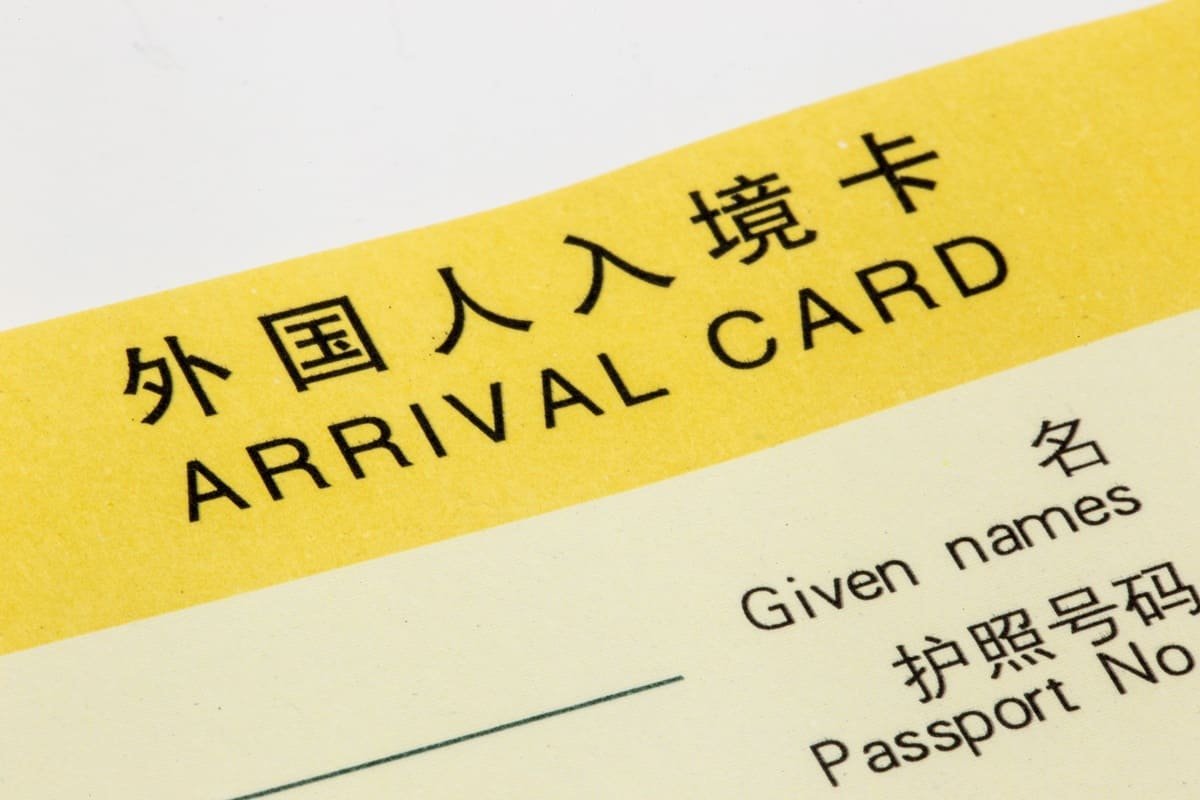After recently extending its unilateral visa-free policy for 45 countries by one year, China continues its strategy of opening up with the launch of a digital arrival card.
Starting November 20, 2025, foreign travelers, with or without a visa, will be able to fill out their entry information online through several official platforms, including the National Immigration Administration (NIA) website, on a PC or smartphone, as well as via the “NIA 12367” app or the WeChat (Alipay) mini program.
Travelers who are unable to complete the procedure before arriving in China will still be able to do so upon arrival, either at self-service kiosks or by scanning a QR code. Paper forms will remain available during a transitional period.
With this new system, China joins the growing number of Asian destinations that have digitized their entry procedures, following the example of India, Indonesia, and South Korea, which have all recently launched similar digital arrival card systems.
Exemptions from the digital arrival card for certain traveler categories

The NIA has specified that seven categories of foreign nationals will be exempt from completing the “Arrival Card.” These include:
• holders of a Foreign Permanent Resident ID Card in China;
• non-Chinese citizens with a Mainland Travel Permit for Hong Kong and Macao;
• group travelers, whether they hold a collective visa or qualify for visa-free entry;
• transit passengers who remain within the designated port area;
• cruise passengers entering and departing on the same vessel;
• travelers using fast-track entry lanes;
• and foreign empolees of exit-entry transport vehicles.
Ten new measures supporting China’s opening-up

The introduction of the “Arrival Card” marks the latest step in a package of ten measures announced by the NIA to “support the expansion of opening-up and serve high-quality development.”
Several of these initiatives directly concern visa facilitation.
Extension of the 24-hour visa-free transit policy to ten new airports
Starting November 5, 2025, the 24-hour visa-free direct transit policy will be expanded to ten additional international airports: Tianjin Binhai, Dalian Zhoushuizi, Nanjing Lukou, Fuzhou Changle, Qingdao Jiaodong, Wuhan Tianhe, Nanning Wuxu, Haikou Meilan, Chongqing Jiangbei, and Kunming Changshui.
International passengers in transit for less than 24 hours to a third country will be able to transfer without undergoing immigration inspection, provided they remain within the airport.
Expansion of the 240-hour visa-free transit policy to five additional entry points
Five more ports in Guangdong Province have been added to the list of entry points allowing 240-hour visa-free transit, bringing the total to 65 ports across 24 provinces.
Travelers from 55 eligible countries can now stay for up to 10 days in certain regions of China without a visa, for tourism, business, or family visits.
The five new ports of entry are: Guangzhou Pazhou Ferry Terminal, Hengqin Port, Hong Kong-Zhuhai-Macao Bridge Port, Zhongshan Port (Passenger) and West Kowloon Station Port of Guangzhou-Shenzhen-Hong Kong Express Rail Link.
Easier renewal of family visit visas
Mainland China residents traveling to or from Hong Kong and Macao on a family visit visa will now be able to renew their visa directly on site at China Travel Service offices in Hong Kong and Macao.







